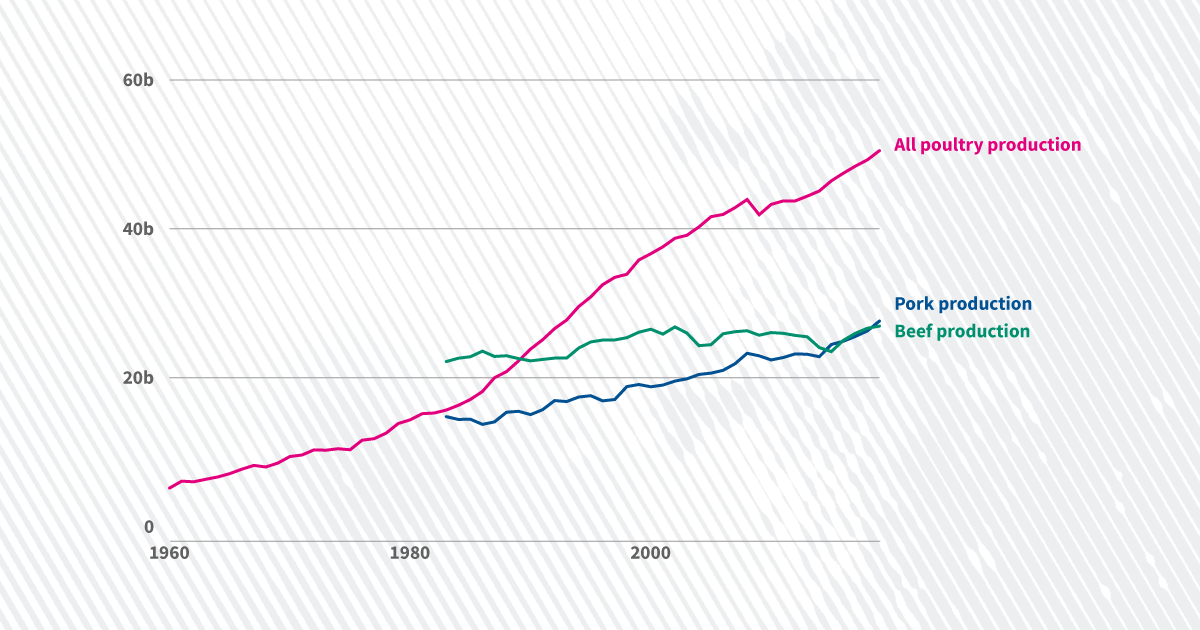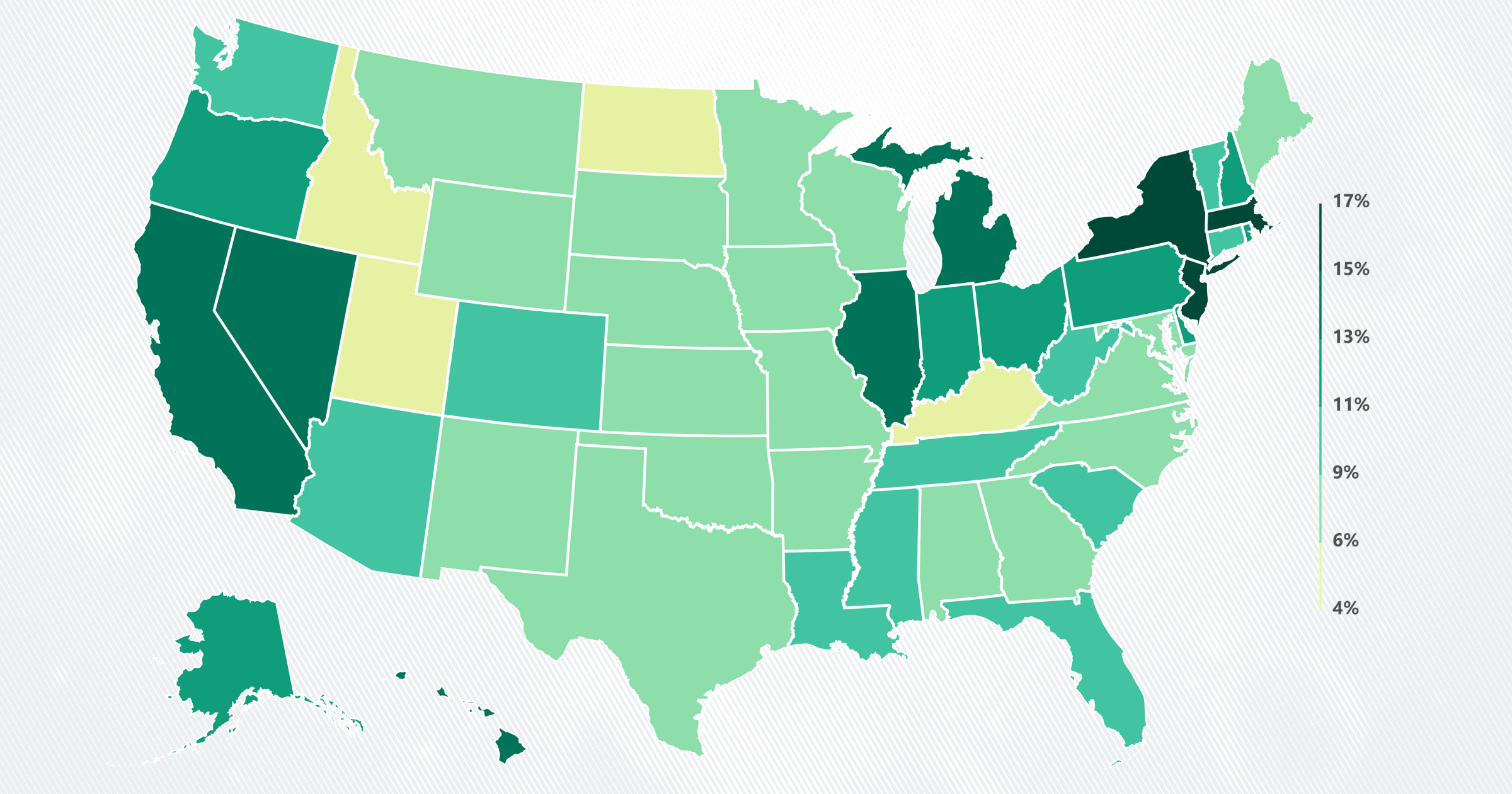Economy
These states received most of the $350 billion in CARES Act small business loans

In 2020, the US government provided over $1 trillion in grants to state and local governments — accounting for a quarter of states’ total revenues. These grants fund various essential programs like healthcare, education, social services, infrastructure, and public safety. State funding is not equal for various reasons.
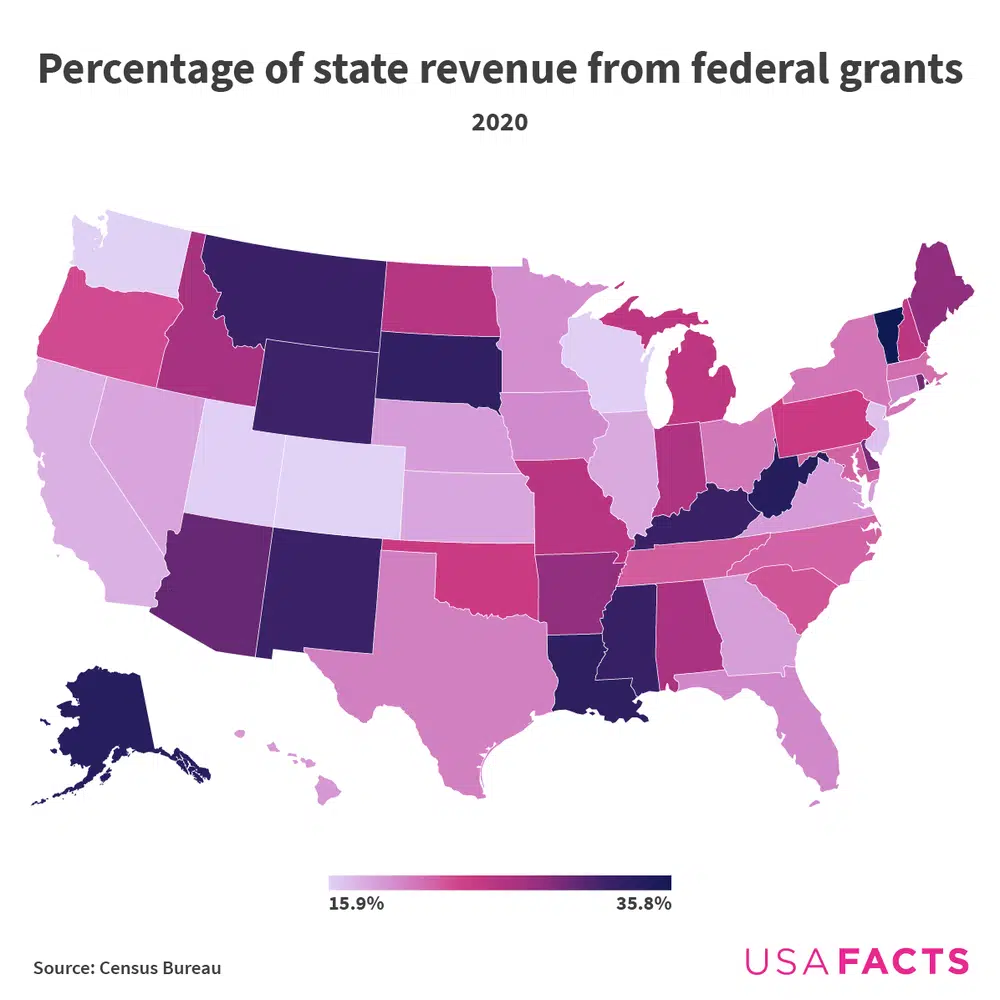
How much does your state receive per person?
The national employment rate fell more than 9 percentage points in the early months of the pandemic. More than three years later, the share of people working has bounced back — but changes in the labor market have led to bigger employment gains for some. USAFacts explored employment data to see which Americans are working at higher and lower rates than before the pandemic. Here’s what we found:
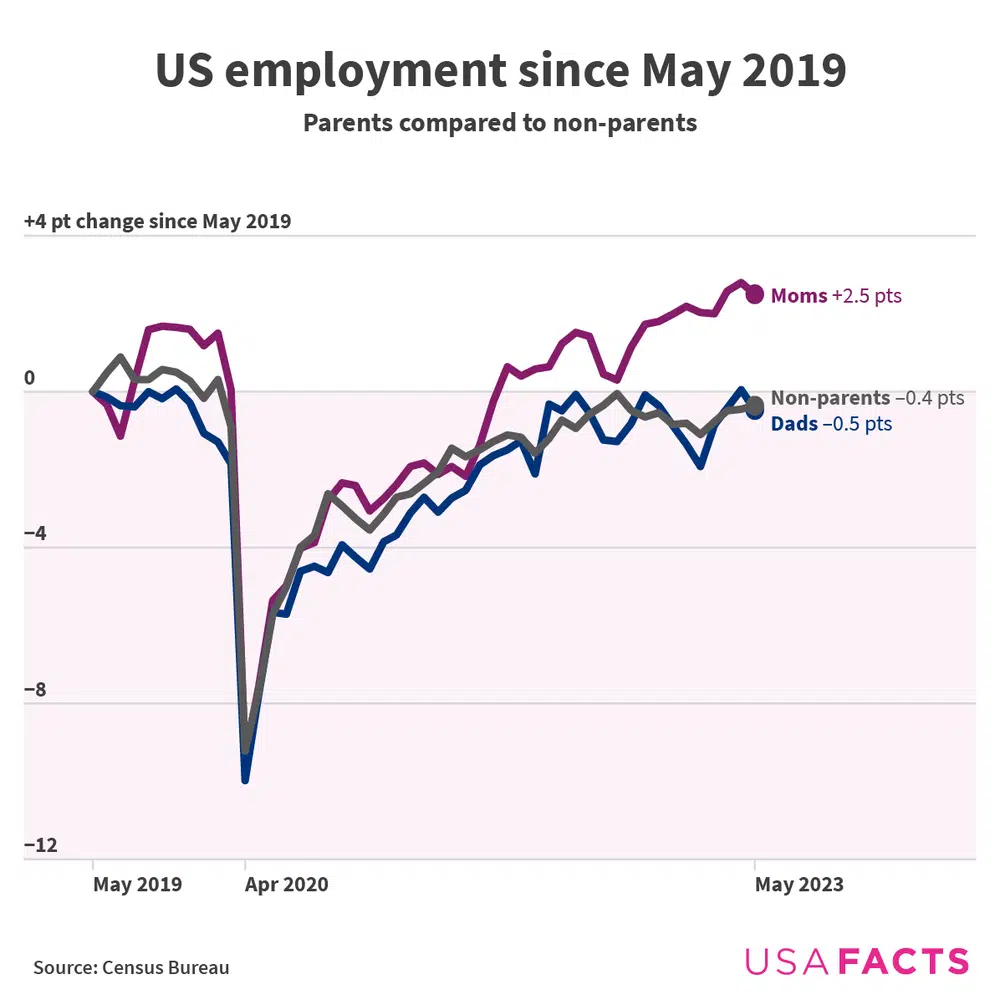
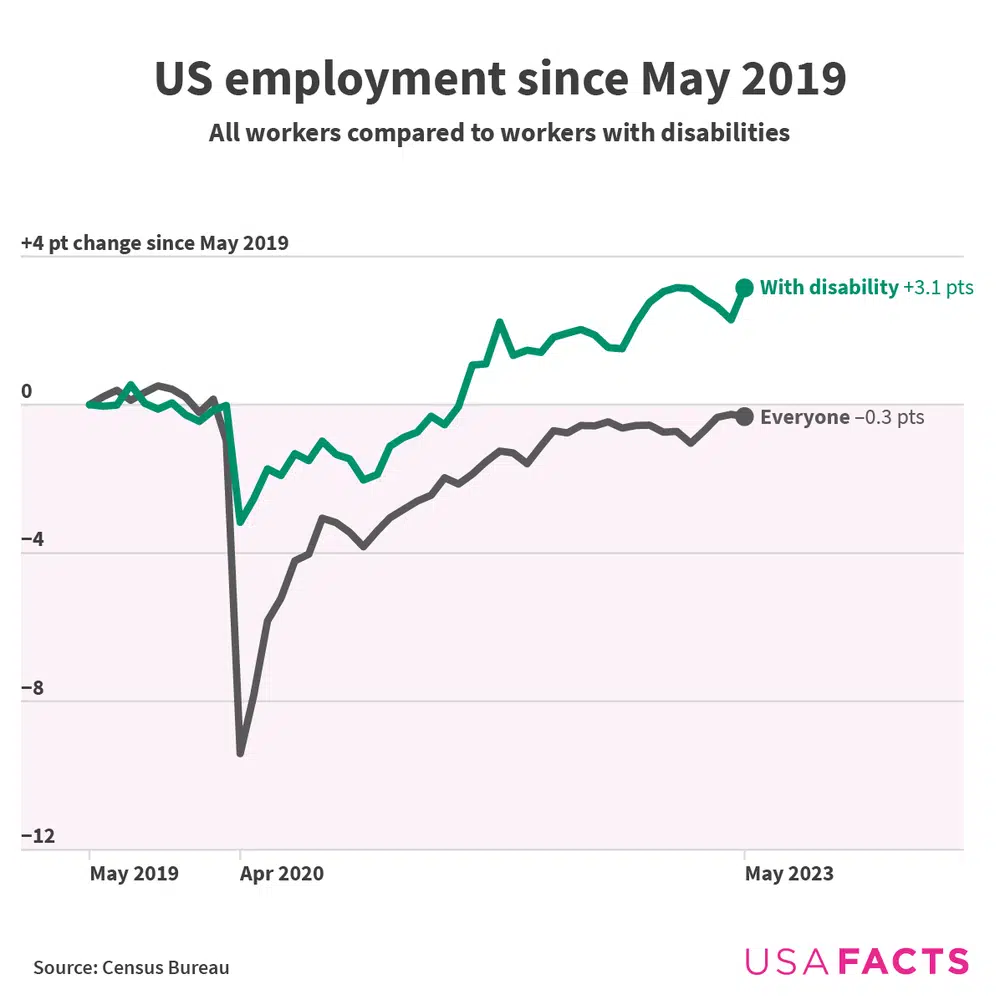
Explore the data to see how employment has changed for people like you.
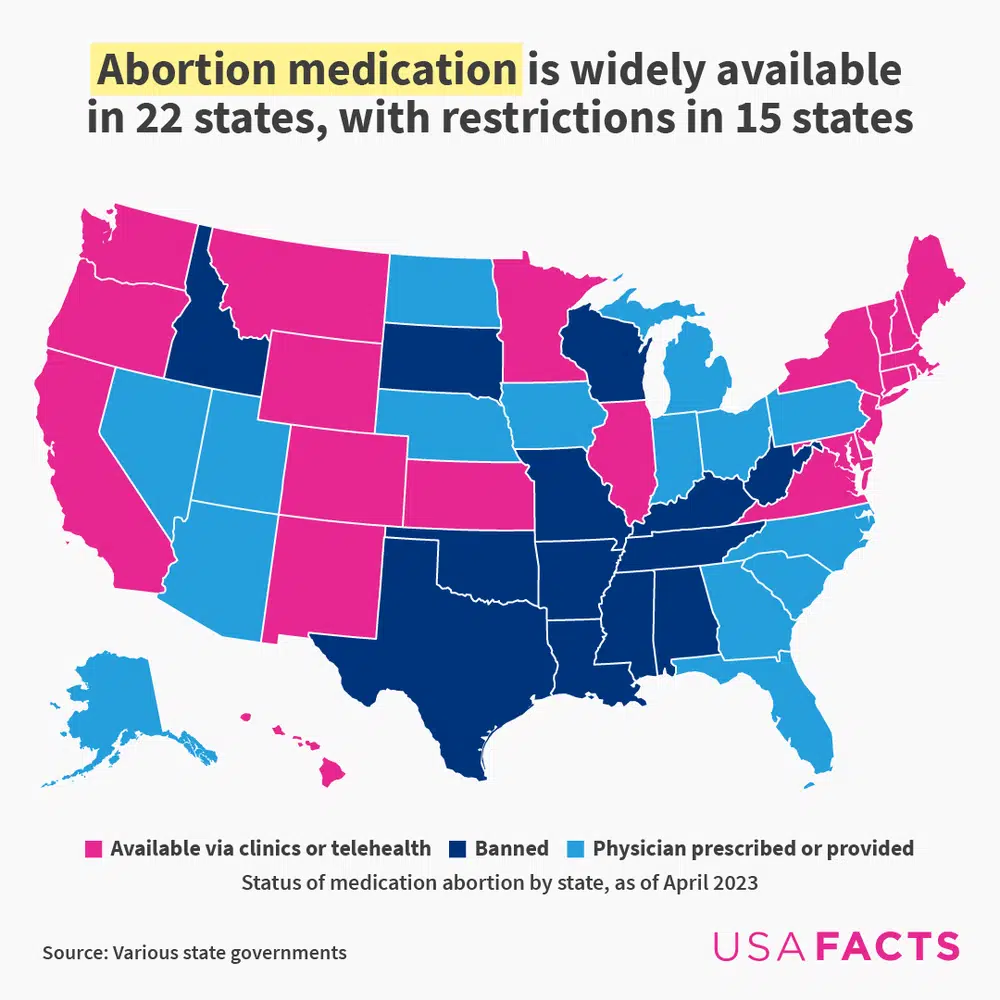
Abortion medication can be prescribed by a clinician or via telehealth in 22 states and Washington, DC, and must be prescribed by a doctor/physician in 15 others. It is currently banned in 13 states.
Economy
Economy
Economy
Economy
Newsletter
Keep up with the latest data and most popular content.
